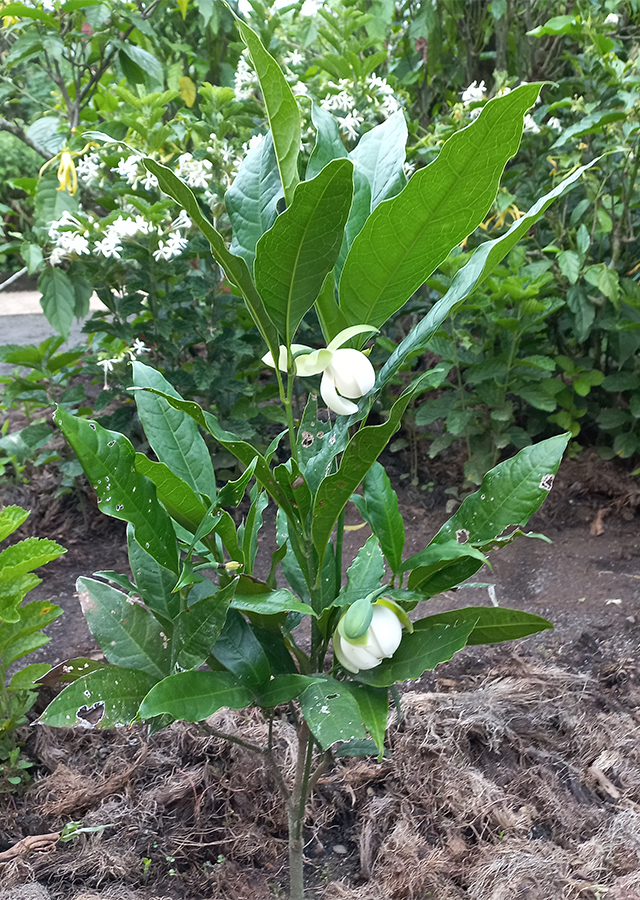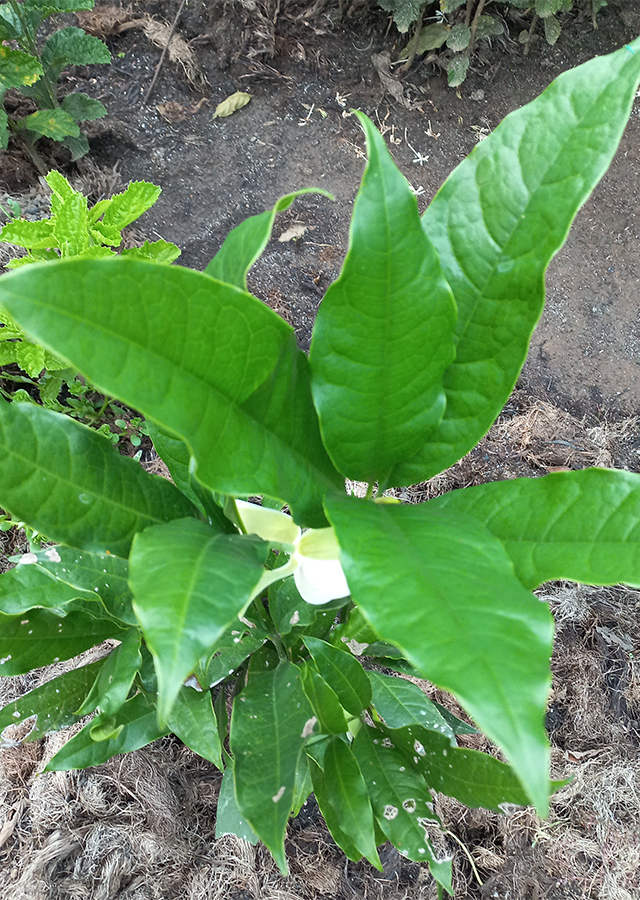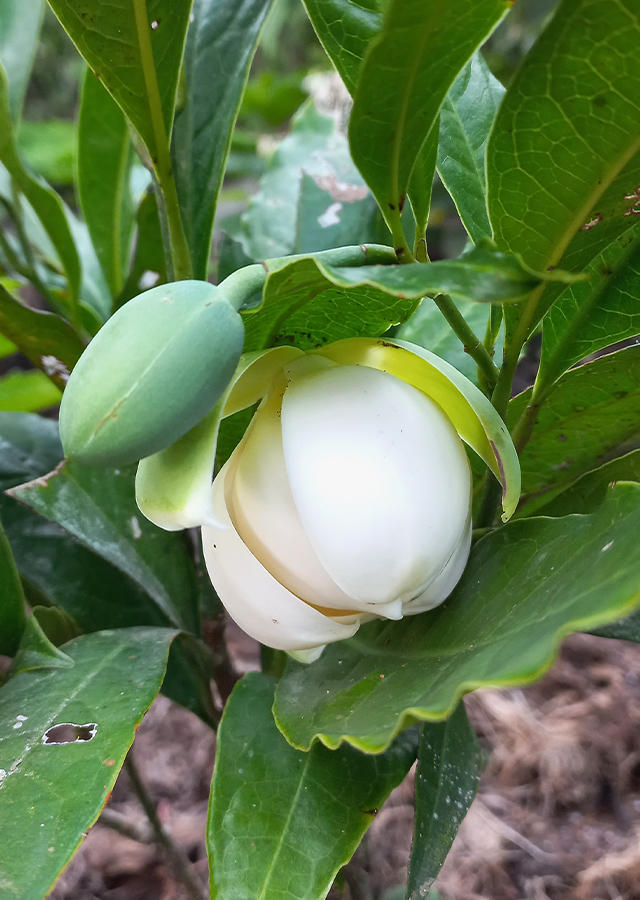Traditional Herbs from Magnolia coco
asthma
- Prepare cempaka egg bark\u00a0then wash until clean.
- Boil the bark until it boils.
- Strain the boiled product.
- Drink while it's warm.
headache
- Wash the egg cempaka flowers until clean.
- Boil them in a glass of water until boiling.
- Strain the boiled product.
- Drink while it's warm.
What is Magnolia coco Looks like??



Parts of Magnolia coco that could be used
- Leaves
- Bark
- Flowers
Magnolia coco Distribution
Cempaka eggs originate from South - Central China, Southeast China, Taiwan and Vietnam. Egg cempaka flowers are fragrant so they are often added to tea to enhance the aroma. Egg cempaka essential oil can be extracted from this flower which is usually used for perfume (perfume). This plant is also used as an ornamental plant and as a medicinal plant in traditional Japanese and Chinese medicine. In China, cempaka egg flower buds are used to relieve headaches and stomach achesAgroecology of Magnolia coco
Cempaka egg grows in low to high areas. Cempaka egg requires fertile, well-drained clay and sandy soil, likes acid to neutral soil (5.5 - 6.5 ). In hot tropical areas and lowlands, it should receive partial shade, especially in the afternoon. In areas with cooler conditions, getting more sunlight will be fine. If the weather is too cold, cempaka egg leaves can turn brown and fall off.�
Morphology of Magnolia coco
- Taproot.
- Stem erect, cylindrical, greyish, and striped in appearance.
- Leaves rough, elliptical (7 -\u00a028 cm long and 2 -\u00a09 cm wide), glossy green with leaf tips long. The edges of the leaves are slightly wavy and slightly curved downwards (revolute). There are 8 -\u00a010 pairs of lateral veins on the leaves cm and there are scarred stipules on the leaf stalks.
- Flowers appear terminally (at the end of the stem), solitary, round in shape (about 4 cm in diameter), white and fragrant. Each flower consists of 3 outer tepals and 6 inner tepals in two whorls, enclosing the stamens and ovary inside.
- Fruit of red color.
Cultivation of Magnolia coco
Propagation is generative using seeds and vegetatively using stem cuttings and grafting.
Magnolia coco, more details :
Chemical Content of Magnolia cocoMagnolol, honokiol, polyphenolic compounds, lignans, coumarins, alkaloids, tannins, phenolics, saponins, terpenoids, 1,5-Octadiene-3,7-diol; 3,7-dimethyl- (terpenediol I) ; 2,6-Dimethyl-1,7-octadiene-3,6-diol; 3,5,5-trimethyl-4-(3-oxobutyl)-1-cyclohex-2-enone; 3,7-dimethyl-4-(2-methyl-1-propenyl)-2,4,5,6,7,7a-hexahydro-1H-inden-1-ol, (S)-4,5 ,9, 9-Tetramethyl- 2,4a,5,6,7,8,9,9a-octahydro-1H-1,5-cyclo-benzocycloheptene, and 3-(3-Butynyl)-2-cycloocten -1- valerenol.
Benefits of Magnolia coco
Treats headaches and stomach aches, insomnia, vaginal discharge, productive coughs, allergic conditions and asthma, inhibits bacteria that cause dental caries and periodontal disease.
Simplisia of Magnolia coco
Another Facts for Magnolia coco :
Synonym of Magnolia cocoLirianthe coco (Lour.) N.H.Xia & C.Y.Wu, Liriodendron coco Lour., Liriopsis pumila Spach ex Baill., Talauma coco (Lour.) Merr.
Habitus of Magnolia coco
Bush. Shrub or small tree, annual, reaching 3 m high
Habitat of Magnolia coco
- Mainland
No comments:
Post a Comment